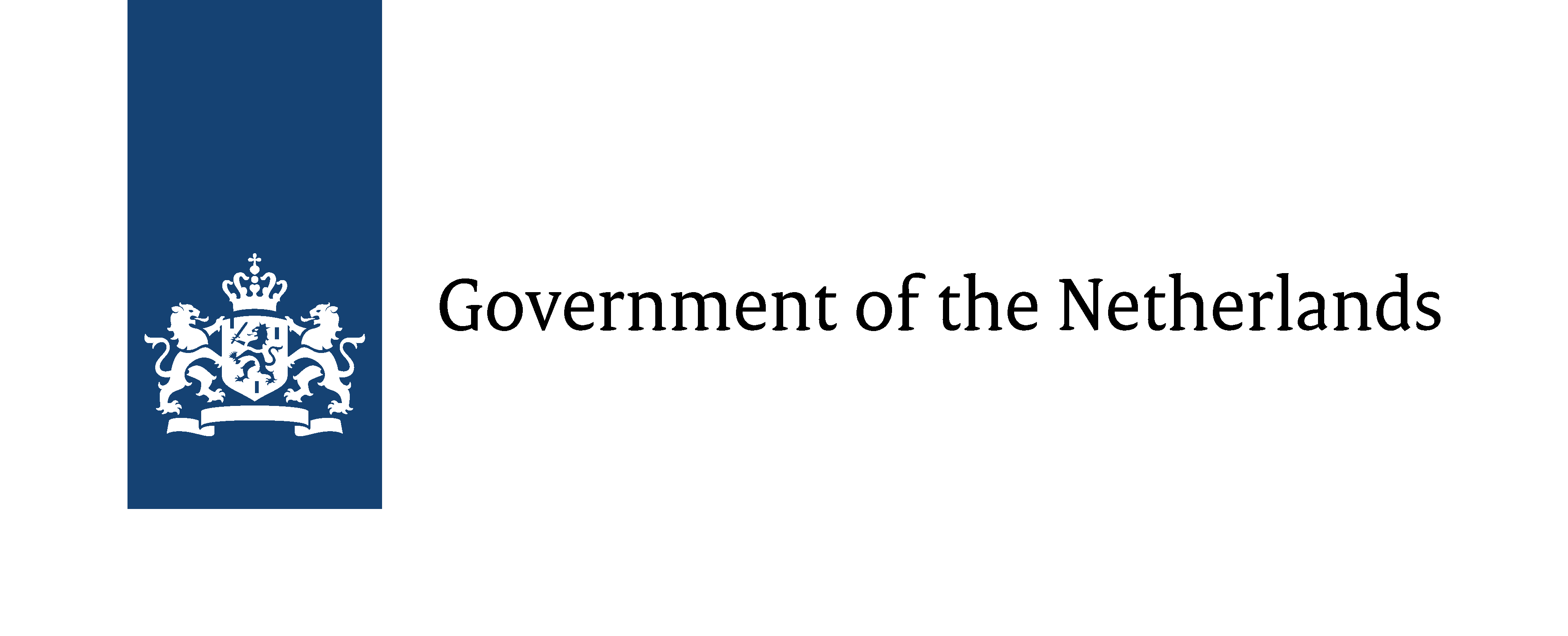
Why and where do I pay social security premiums as a touring artist?
You pay social security premiums to the social security system in a particular country (also known as the ‘welfare system’), which, in turn, is responsible for your health and wellbeing in the event of disease, unexpected unemployment or old-age retirement. It accounts for eventualities that might prevent you from having adequate income to take care of yourself. In such cases, the social security system pays you social security benefits: in the Netherlands this is an amount based on your previous income from Unemployment Benefit (WW) or a state-determined, needs based benefit for self-employed (Tozo or Bijstandsuitkering) or the National Old Age Pension (AOW) for those who reached their retirement age.
What social security system is responsible for your social security, is determined by where you are registered as a resident, not by what your nationality is. This means that if you are German, have worked in Germany but are now living and working in the Netherlands, you pay your social security taxes to the Netherlands’ social security system and that they too are responsible for your well-being when you unexpectedly find yourself without work and income. In the case of retirement, you may have accumulated pension rights in different countries. To receive the accumulated pensions, you have to apply to the pension authority in the country that you are living or where you last worked.
Posted (self-)employed workers
You are not covered by the social security system of the country of employment when you are temporarily working abroad. If you had to register with the local social security institution each time you spent a short period working abroad, it would result in a lot of unnecessary bureaucracy and tiny amounts of built-up pension funds spread across the globe. To prevent this, the principle of posting was introduced. Posting is when you go abroad, sent by your employer or as a self-employed person, to work on a well-defined task for a limited time. By being posted by your employer / posting yourself as a self-employed person to another country, your social security will continue to be covered by the sending state (the country where you “normally” work).
What exactly is an A1-form / Certificate of Coverage and why is it necessary?
A Certificate of Coverage is a document that certifies that you remain under the social security coverage of your sending state (where you “normally” work) when performing activities abroad. A Certificate of Coverage can be applied for at your national social security institution. In the Netherlands, this is the SVB (Sociale Verzekeringsbank). A list of social security institutions in different EU member states can be found here. The A1-form is the name for the Certificate of Coverage that is used across all the EU member states. You can apply for you A1-form online. The A1-form can serve as a proof of coverage for up to two years. If you work abroad very regularly, you do not need to apply for a separate form for each visit.
As mentioned above, your Certificate of Coverage proves that you are covered by the social security system of the sending state. If you are working abroad, and unable to present your A1-form / Certificate of Coverage, you might be forced to pay social security taxes abroad. As you already pay social security taxes in your sending state, a double taxation of your income will occur. In some countries, not being able to prove that you are covered by the social security system of the sending state might even result in a refusal to let you work or perform in the destination country.
As a Netherlands-based artist working abroad:
- Employed
-
If you are working for an employer in the Netherlands and you are sent to work abroad to perform a well-defined task for a limited time while remaining under the authority of your employer, you may be posted abroad and remain under the Netherlands’ social security system. Your employer will have to file a request for an A1/Certificate of Coverage with the SVB (Sociale Verzekeringsbank). If you are not performing a well-defined task for a limited time abroad, or asked by your foreign employer to sign a separate contract, you cannot be considered a posted worker and will fall under the social-security system of the state that you are working in.
- Self-Employed
-
If you are self-employed in the Netherlands and planning to work abroad to perform a well-defined task for a limited time, while maintaining in the Netherlands the necessary means to continue your self-employed activity upon your return, you can post yourself abroad. You will have to file a request for an A1/Certificate of Coverage with the SVB (Sociale Verzekeringsbank).
A foreign-based artist working in the Netherlands:
- Employed
-
If you are working for an employer in the Netherlands and you are sent to work abroad to perform a well-defined task for a limited time while remaining under the authority of your employer, you may be posted abroad and remain under the Netherlands’ social security system. Your employer will have to file a request for a A1/Certificate of Coverage at your national social security institution. A list of these institutions in the EU can be found here. If you are not performing a well-defined task for a limited time in the Netherlands, or asked by your foreign employer to sign a separate contract, you cannot be considered a posted worker and will fall under the social-security system of the state that is employing you.
- Self-employed
-
If you are self-employed abroad and planning to work in the Netherlands to perform a well-defined task for a limited time, while maintaining in the sending state (where you “normally” work) the necessary means to continue your self-employed activity upon your return, you can post yourself to the Netherlands. You will have to file a request for a A1/Certificate of Coverage at your national social security institution. A list of these institutions in the EU can be found here.
More information
PEARLE* Live Performance Europe, European performing arts employers’ organization, wrote a guide on social security in an international context, as part of their series The Ultimate Cookbook for Cultural Managers. The guide offers a detailed but accessible explanation of how social security works for namely those working in the performing arts within the EU, with a wealth of practical tips and illustrative examples. The guide can be found here.
The website of the SVB (Sociale Verzekeringsbank) offers a lot of information on social security when working internationally, with specific information for artists. The information is available in five languages.
Your Europe. Your Europe is an extensive knowledge database about living and working in the EU, with specific information on working across borders available in all 24 official European. Specific information on social security cover in the EU can be found here, as well as a very useful Frequently Asked Questions page. Direct enquiries can be submitted to the team of legal experts from Your Europe Advice.


